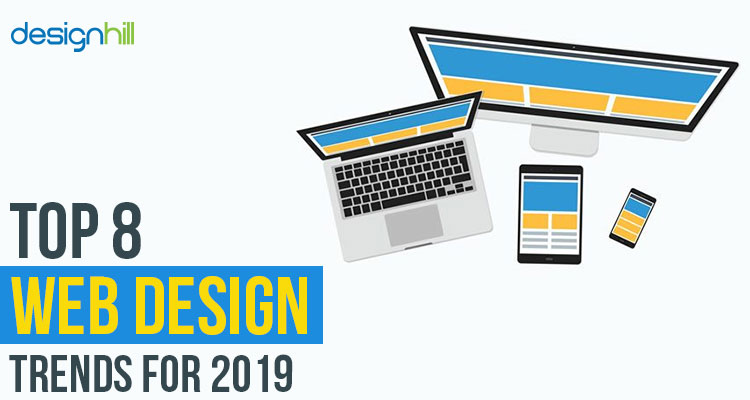Fascinated In Finding Out Exactly How Site Layout Has Altered For Many Years? Explore The Trip
Fascinated In Finding Out Exactly How Site Layout Has Altered For Many Years? Explore The Trip
Blog Article
Content Author-Hartley Molina
In the past, sites were easy and focused on info. Navigation was straight, and design was for desktops. Now, individual experience is vital. Data overviews designs for simple navigation. Responsive designs match various devices. Today, dark setting decreases stress, and minimal food selections improve navigating. Interactive functions engage individuals, and strong visuals attract attention. AI assimilation boosts involvement. See just how layout has actually progressed to boost your on the internet journey.
Very Early Days of Website Design
In the early days of web design, simplicity preponderated. Websites were basic, with restricted shades, font styles, and designs. The emphasis got on giving details rather than showy visuals. Users accessed the net through slow-moving dial-up links, so rate and functionality were key.
Navigation food selections were straightforward, normally situated on top or side of the page. Internet sites were designed for desktop computers, as mobile surfing had not been yet common. Web content was king, and designers prioritized simple readability over complex style components.
HTML was the main coding language utilized, and developers had to work within its restrictions. Animations and interactive features were very little compared to today's standards. Web sites were static, with little dynamic web content or personalized customer experiences.
Surge of User-Focused Layout
With the evolution of web site design, a change towards user-focused design principles has become increasingly popular. Today, developing web sites that focus on individual experience is important for engaging visitors and achieving company objectives. User-focused layout includes understanding the requirements, preferences, and actions of your target market to tailor the website's layout, web content, and includes accordingly.
Designers now carry out complete study, such as customer surveys and functionality screening, to gather understandings and responses directly from individuals. This data-driven strategy aids in developing instinctive navigation, clear calls-to-action, and aesthetically enticing user interfaces that resonate with visitors. By putting more info here at the center of the design procedure, websites can supply a more customized and pleasurable experience.
Receptive style has actually also emerged as a vital element of user-focused style, making sure that web sites are maximized for numerous tools and screen sizes. This adaptability enhances availability and functionality, dealing with the diverse methods individuals interact with internet sites today. Basically, the rise of user-focused layout symbolizes a change in the direction of producing digital experiences that prioritize the demands and expectations of the end user.
Modern Trends in Web Design
Discover the current fads shaping website design today. One noticeable trend is dark setting style, supplying a sleek and modern-day appearance while lowering eye stress in low-light environments. One more crucial fad is minimalist navigation, streamlining food selections and boosting customer experience by concentrating on essential elements. Including micro-interactions, such as animated buttons or scrolling impacts, can develop an extra appealing and interactive internet site. Receptive layout remains critical, making certain smooth customer experiences across various devices. Additionally, utilizing vibrant typography and asymmetrical designs can include visual passion and draw attention to details web content.
Incorporating AI innovation, like chatbots for customer support or tailored referrals, enhances individual interaction and streamlines procedures. Availability has also become a considerable fad, with developers focusing on inclusive layout methods to deal with varied customer needs. Embracing sustainability by optimizing site efficiency for speed and effectiveness is another arising pattern in website design. Collaborating with customer comments and information analytics to repeat and enhance layout continuously is necessary for staying appropriate in the ever-evolving electronic landscape. By accepting these modern-day trends, you can create a visually appealing, easy to use site that resonates with your audience.
Final thought
As you assess the evolution of internet site layout from the early days to now, you can see how user-focused style has come to be the driving pressure behind contemporary trends.
Embrace the journey of change and adaptation in web design, constantly keeping the user experience at the leading edge.
Keep present with the most recent patterns and modern technologies, and never stop progressing your method to create aesthetically stunning and easy to use sites.
Develop, adapt, and create - the future of web design remains in your hands.
